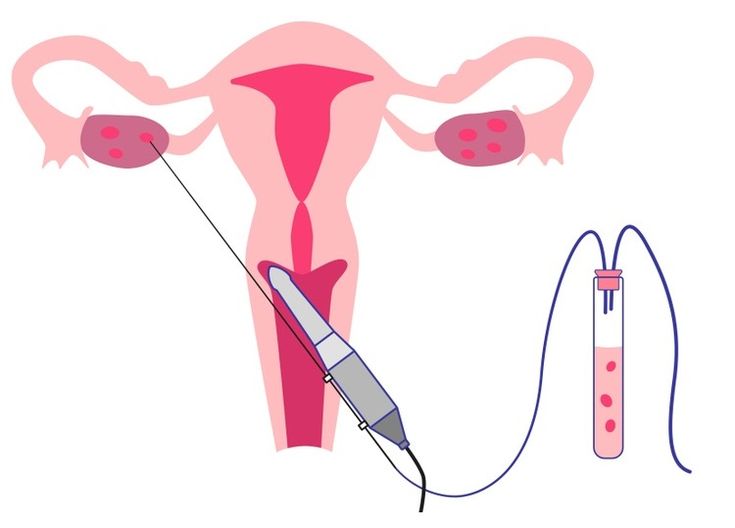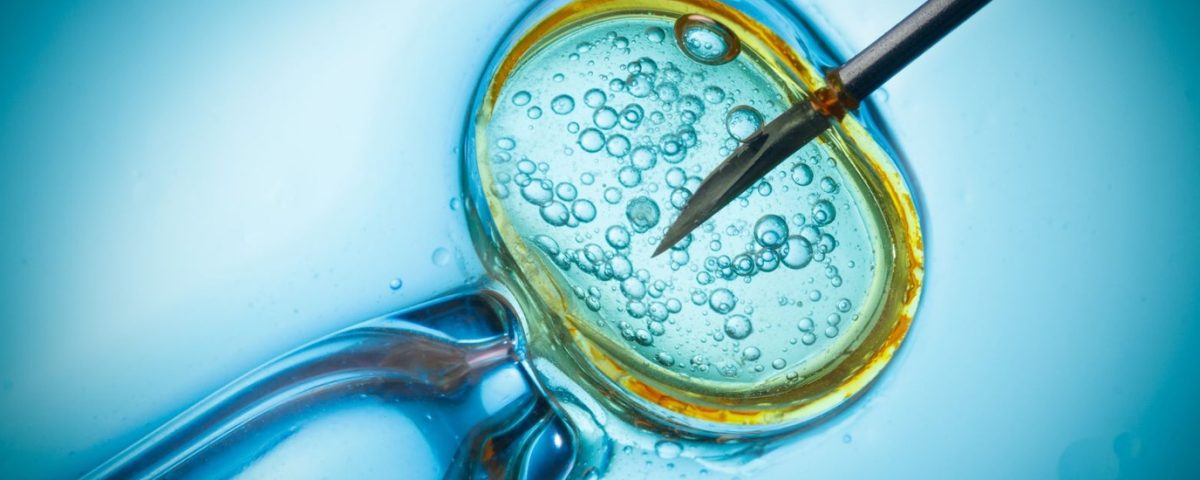
Alabama Embryos and IVF: What You Need to Know About the Controversy and Beyond
March 25, 2025The IVF Procedure: Everything You Need to Know and More
Welcome to the ultimate guide on the IVF procedure! If you’re curious about in vitro fertilization (IVF), you’ve landed in the right spot. This isn’t just another boring medical rundown—it’s a deep dive into the process, packed with details you won’t find everywhere else. We’ll cover the steps, the science, the surprises, and even the little-known quirks that make IVF so fascinating. Whether you’re thinking about trying it, supporting someone who is, or just want to know more, this article has you covered. Let’s jump in!
What Is IVF? A Simple Breakdown
IVF stands for in vitro fertilization, which sounds fancy but just means “fertilization in glass.” Basically, it’s a way to help people have a baby when natural conception isn’t working. Doctors take an egg and sperm, mix them in a lab, and then place the resulting embryo into the uterus. It’s like giving nature a little nudge!
Why People Choose IVF
- Trouble getting pregnant after a year of trying
- Blocked fallopian tubes or low sperm count
- Wanting to use donor eggs, sperm, or a surrogate
- Avoiding genetic conditions with special testing
Fun fact: Over 10 million babies have been born through IVF worldwide since it started in 1978. That’s a lot of little miracles!
How It’s Different From What You Might Think
You might picture IVF as a quick fix, but it’s more like a science experiment mixed with a rollercoaster ride. It takes weeks, involves hormones, and doesn’t always work the first time. Stick with me—I’ll walk you through every twist and turn.

Step-by-Step: How the IVF Procedure Works
The IVF process isn’t one-and-done. It’s a series of steps, each with its own purpose. Here’s what happens, broken down so it’s easy to follow.
Step 1: Boosting Your Eggs
First, the goal is to get your ovaries to produce more than one egg. Normally, you release one egg a month, but IVF needs a team effort.
- What Happens: You’ll take hormone shots (yep, needles!) for about 8-14 days. These meds tell your ovaries, “Hey, let’s make a bunch of eggs!”
- Cool Detail: Some people nickname this the “egg party” phase because your ovaries get super busy.
- Science Says: Studies show women under 35 can produce 10-15 eggs per cycle with these meds, according to the American Society for Reproductive Medicine (ASRM).
Tips for This Step:
✔️ Keep a calendar—shots need to happen at the same time daily.
❌ Don’t skip doses; it could mess up the whole cycle.
Step 2: Tracking the Egg Party
Doctors don’t just guess how your eggs are doing—they watch them like hawks.
- What Happens: You’ll have ultrasounds and blood tests every few days. Ultrasounds peek at your ovaries, while blood tests check hormone levels.
- Surprise Twist: Ever wonder what an ovary full of eggs looks like? It’s like a tiny bunch of grapes on the ultrasound screen!
- Practical Advice: Wear comfy clothes to appointments; you’ll be in and out a lot.
Step 3: Egg Retrieval Day
This is the big moment when they collect those eggs.
- What Happens: You’re sedated (no pain!), and a doctor uses a thin needle to pull eggs from your ovaries through the vaginal wall. It takes about 20-30 minutes.
- Hidden Gem: The eggs are so tiny you can’t see them without a microscope—about the size of a pinhead.
- Science Says: A 2023 Yale study found freezing eggs right after retrieval can boost success rates later.
What to Expect:
- Mild cramps afterward (like a period)
- A day to rest—think Netflix and snacks!
Step 4: Sperm Meets Egg
Now it’s lab time—where the magic (and science) happens.
- What Happens: Sperm (from a partner or donor) is mixed with the eggs. Sometimes, doctors inject sperm directly into an egg (called ICSI—intracytoplasmic sperm injection).
- Fun Fact: The lab dish isn’t actually glass anymore—it’s usually plastic. “In vitro” is just a cool throwback term!
- Expert Insight: “ICSI has revolutionized IVF for men with low sperm counts,” says Dr. Emre Seli, head of Yale’s IVF program.
Options Here:
✔️ Ask about ICSI if sperm quality is a concern.
❌ Don’t assume every egg fertilizes—some don’t make it.
Step 5: Growing the Embryos
The fertilized eggs become embryos, and they need a few days to grow.
- What Happens: Embryos chill in an incubator for 3-5 days. Doctors check which ones look strongest.
- Little-Known Tidbit: Embryos are graded like report cards—A, B, or C—based on how healthy they seem.
- Science Says: A 2024 study in Fertility and Sterility found day-5 embryos (blastocysts) have a 10% higher success rate than day-3 ones.
Step 6: Embryo Transfer
Time to put an embryo (or two) into the uterus!
- What Happens: A tiny catheter slides the embryo through your cervix. No sedation needed—just a full bladder to help the ultrasound guide it.
- Unexpected Perk: Some say the full bladder feels weirder than the transfer itself!
- Practical Advice: Rest for a day, but don’t overdo bed rest—studies show it doesn’t boost success.
Step 7: The Waiting Game
Now, you wait to see if the embryo sticks.
- What Happens: About 9-14 days later, a blood test checks for pregnancy hormones (hCG).
- Emotional Twist: This “two-week wait” is a rollercoaster—hope, worry, and everything in between.
- Tips:
✔️ Distract yourself with hobbies.
❌ Don’t take home pregnancy tests too early—they can lie!
What Makes IVF Success Rates Tick?
Success isn’t guaranteed with IVF, but certain things can tip the scales. Let’s break it down.
Age Is a Big Deal
- Under 35? You’ve got a 46% chance of a live birth per cycle (ASRM data).
- Over 40? It drops to about 13%. Why? Egg quality declines with age.
Fresh vs. Frozen Embryos
- Fresh: Transferred right after retrieval. Works well but can risk overstimulation.
- Frozen: Stored and used later. A 2023 study showed frozen transfers have a slightly higher success rate (48% vs. 43%).
Quick Table:
| Type | Pros | Cons |
|---|---|---|
| Fresh | Faster process | Higher OHSS risk |
| Frozen | More flexible timing | Extra thawing step |
Lifestyle Boosts
- Science Says: A 2022 study found women who ate a Mediterranean diet (think fish, veggies, olive oil) had a 15% higher success rate.
- Tips:
✔️ Cut back on caffeine and smoking.
❌ Don’t stress over every bite—balance is key.
The Secret Side of IVF: What No One Talks About
IVF isn’t just science—it’s personal. Here are some hidden angles that don’t always make the headlines.
The Emotional Ride
- Real Talk: One minute you’re hopeful, the next you’re crying over a negative test. It’s normal!
- Fan-Favorite Detail: Some couples name their embryos—like “Peanut” or “Sprout”—to feel connected.
- Advice: Journaling or talking to a friend can help.
Weird Body Stuff
- Hormone Surprises: Shots can make you bloated, moody, or even give you hot flashes—like mini menopause!
- Odd Fact: Some people say their sense of smell gets crazy sharp during treatment.
The Partner’s Role
- Behind the Scenes: Partners often feel helpless but can make a huge difference.
- Tips for Them:
✔️ Handle the shot schedule or cook dinner.
❌ Don’t say “just relax”—it’s not that simple!
Risks and Realities: What Could Go Wrong?
IVF is amazing, but it’s not risk-free. Here’s what to watch for.
Ovarian Hyperstimulation Syndrome (OHSS)
- What It Is: Ovaries overreact to hormones, causing swelling and fluid buildup.
- Signs: Belly pain, bloating, nausea—usually mild but can get serious.
- Science Says: Happens in 1-5% of cycles, per a 2023 Mayo Clinic report.
Multiple Babies
- The Catch: Transferring more than one embryo ups the chance of twins or triplets.
- Risk: Preterm birth or low birth weight—tough on mom and babies.
- Expert Quote: “Single embryo transfers are safer and just as effective now,” says Dr. Jane Frederick, a California fertility specialist.
Does It Affect the Baby?
- Good News: Most IVF babies are healthy!
- Small Print: Slightly higher risk of low birth weight or defects, but research isn’t sure if it’s IVF or infertility itself causing it.
Costs and Coverage: The Money Side of IVF
IVF isn’t cheap, and it’s a big piece of the puzzle.
How Much Does It Cost?
- One cycle: $12,000-$17,000 in the U.S., plus meds ($3,000-$5,000 more).
- Fun Fact: Some clinics offer “IVF vacations” abroad where it’s cheaper—like $6,000 in Mexico!
Insurance Hacks
- Reality: Only 19 states require some infertility coverage.
- Tips:
✔️ Check your plan—some cover testing, not treatment.
❌ Don’t assume it’s all out-of-pocket; ask questions!
Saving Strategies
- Mini-IVF: Uses fewer drugs, costs less ($5,000-$7,000).
- Grants: Groups like Baby Quest offer financial help.
Latest IVF Buzz: What’s New in 2025?
IVF keeps evolving, and 2025 is bringing fresh twists.
AI in the Lab
- What’s Up: AI now picks the best embryos by analyzing growth patterns.
- Science Says: A 2024 trial showed AI-boosted IVF raised success rates by 12%.
Genetic Screening 2.0
- Preimplantation Genetic Testing (PGT): Spots issues like Down syndrome before transfer.
- New Twist: Now it can check for tiny gene glitches we didn’t catch before.
Egg Freezing Boom
- Trend: More people freeze eggs early, even without infertility.
- Expert Take: “Freezing at 30 beats waiting till 40,” says Dr. Aimee Eyvazzadeh, aka the “Egg Whisperer.”

IVF Myths Busted: What’s True, What’s Not?
Let’s clear up some confusion floating around.
Myth 1: IVF Always Works
- Truth: Nope! Even young, healthy folks might need 2-3 tries.
- Reality Check: Success is about 50/50 per cycle for under-35s.
Myth 2: It’s Only for Women
- Truth: Men’s sperm issues drive 40% of IVF cases.
- Fun Fact: Sperm donors can be picked for traits like height or eye color!
Myth 3: IVF Babies Are Different
- Truth: They’re just as awesome as any kid—IVF only helps them get here.
Your IVF Toolkit: Practical Tips to Rock It
Ready to dive in? Here’s how to make it smoother.
Before You Start
- Ask This: “What’s my ovarian reserve?” (A test called AMH tells you.)
- Prep: Stock up on cozy socks and a heating pad—comfort is king!
During the Process
- Shot Hacks: Ice the spot first; it dulls the sting.
- Diet: Load up on protein—eggs love it (pun intended!).
After Transfer
- Mindset: Treat yourself gently, but don’t hibernate.
- Signs to Watch: Light spotting is okay; heavy bleeding? Call your doc.
The Future of IVF: Where Are We Headed?
IVF’s story isn’t over. Here’s what might be next.
Lab-Grown Eggs?
- Buzz: Scientists are testing ways to make eggs from skin cells.
- Timeline: Still 5-10 years out, but it could change everything.
Accessibility Wins
- Goal: Cheaper, faster IVF for more people.
- 2025 Hope: Clinics are piloting “IVF Lite” with fewer steps.
Let’s Talk: Your IVF Questions Answered
Got burning questions? Here are answers to what fans ask most.
How Painful Is It?
- Answer: Shots sting a bit, retrieval has cramps, but sedation helps. Most say it’s worth it.
Can I Pick My Baby’s Gender?
- Answer: Yes, with PGT—but it’s pricey and not everywhere allows it.
What If It Fails?
- Answer: Take a break, tweak the plan, try again. About 70% of people succeed eventually.
Join the Conversation!
IVF is a wild ride, and we’ve covered a ton—steps, secrets, science, and more. What’s on your mind? Drop a comment below:
- Ever tried IVF? Share your story!
- Curious about something we missed? Ask away!
- Want to cheer someone on? Spread the love!
Let’s keep this chat going—your thoughts could help someone else on their journey. See you in the comments!
